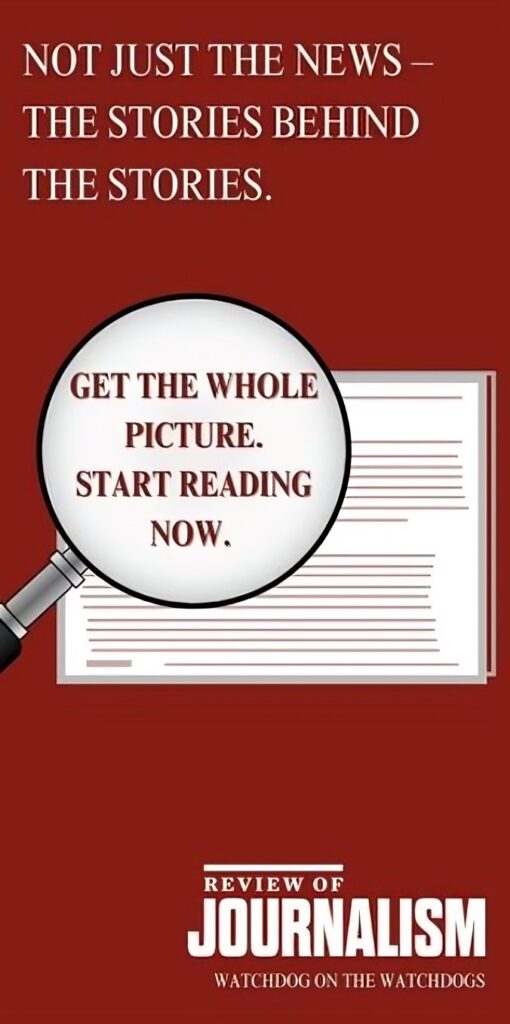As I write this, the streets of my city are dotted with people proclaiming their happy commitment to a public narrative by all wearing the same jersey. Our team is in the running! For weeks it was touch and go. Spirits were buoyed and dashed and buoyed again. But as our team confronted the odds, our civic leaders enjoined us to show our faith, urge them on and buy their merchandise. A stretch of downtown has been bedecked in their sigil. The mayor himself endorsed wearing the raiment of the team rather than business attire. Office cubicles display the team colours; cars stream their pennant in the wind.
No matter that they have not actually won anything yet. So far their big accomplishment is not being eliminated. But in the balmy days following a brutal winter, hereabouts it is victory enough. In the ale houses and on the radio call-in shows, the people are as yet joyous, even as they rail at the perfidy of our opponents and pour scorn on the humbled cities whose...
Christopher Dornan teaches in the School of Journalism and Communication at Carleton University. He contributed chapters to the first two volumes of the How Canadians Communicate series.

